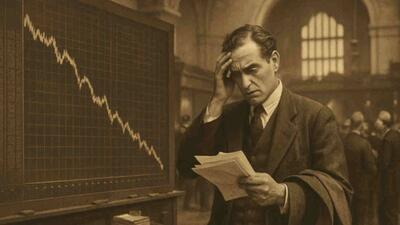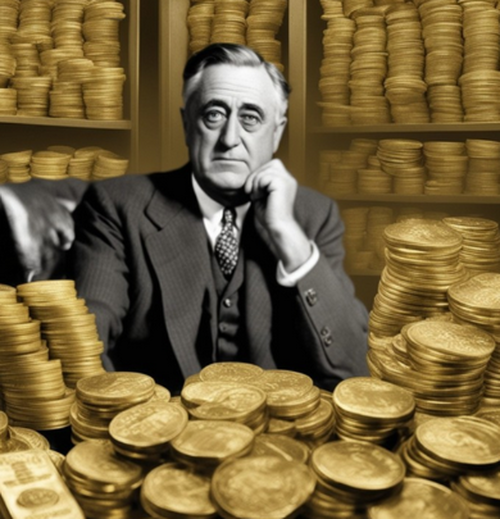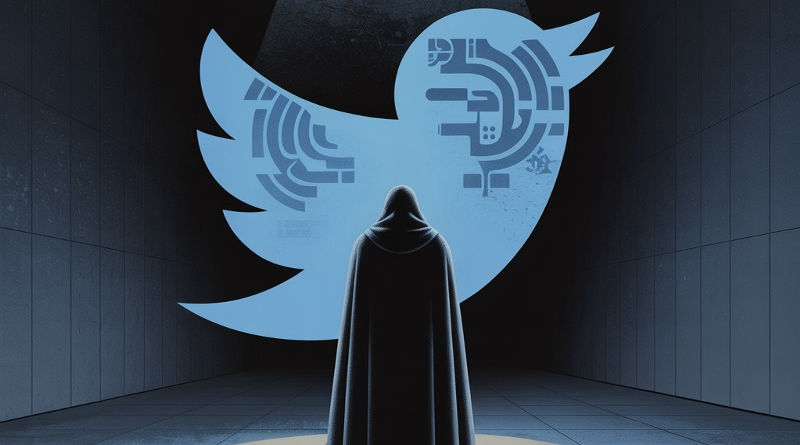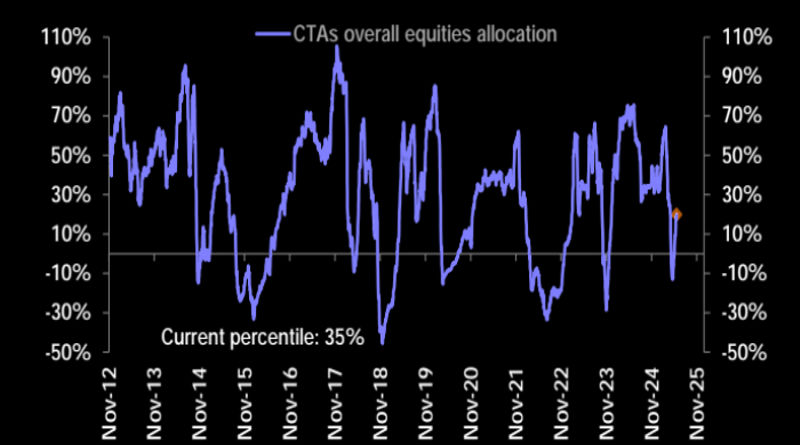Gold Confiscation and 14 Other Government Screwups
15 Controversies in Bullion, Minting and Coins
Submitted by GoldFix
Introduction
From ancient assassinations to trillion-dollar coins, money has a way of sparking chaos. Throughout history, controversial coins have outraged the public, embarrassed governments, and even celebrated murder. These aren’t just monetary mishaps – they’re pure numismatic drama.
Let’s dive into fifteen of the most scandalous, shocking, and downright bizarre controversies in coin history that’ll make you look twice at the change in your pocket.
1. Oh la la! Lady Liberty goes risqué
By today’s American standards, nudes in art are commonplace, considered quite normal, and when done right, tasteful. However, in the 1910s the United States was still getting used to self-expression and nudity as art.
In 1916 and 1917, A coin depicting a bare-breasted – just her right bosom mind you – of Lady Liberty caused quite a commotion! Religious groups condemned the design calling it obscene and an insult to Liberty. The coin was recalled, Miss Liberty was covered up, and a new design was made.
2. U.S. Sells $1 coins for…$1!
You can already sense this can go horribly wrong without reading too much into this.
In the 2000s, the U.S. Government wanted to push the use of dollar coins and fewer bills. Using coins instead of bills would save the government money in the long run: coins last much longer than paper.
To do this, they created a coin-buying program where citizens could buy $1 coins for exactly $1…and get this, with free shipping. Seems like a great deal, no? Well, it was…and it was too good a deal for the Government to make any money off of it.
Many people made MASSIVE orders of these coins using…their credit cards! As you may know, most credit cards have reward systems that give you points. So, people could buy $1 for $1, make “free” credit card points along the way, and then get free shipping on top of it.
To add insult to injury, the public simply didn’t like the idea of carrying coins instead of light bills. Many citizens had no intention of using these coins and deposited them back into the bank as soon as the coins arrived. Add to that the fact that for every credit card transaction, the government had to pay a 1% to 3% fee to credit card companies.
The government ended up losing a lot of money in the process, did not make $1 coins popular and in 2011 they stopped this coin-buying program altogether.
3. A coin celebrating Julius Caesar’s assassination
Controversies in coins have a long history. One of the oldest controversial coins is the EID.MAR Denarius Coin, which was minted in 43 BC by the order of Marcus Junius Brutus (the very sameBrutus that betrayed Julius Caesar).
The coin celebrated the assassination of the Roman Emperor, a plot devised by Brutus and members of the Roman Senate.
The controversy here is, whether Brutus and his conspirators acted nobly…and should have been publicly celebrating an assassination in this way. A little tasteless, fellas.
4. The Crime of ’73
In 1873, President Ulysses Grant signed into law the Coinage Act 1873. At the time, no one thought much of the new changes, but in a few years, people realized just how much had been affected and coined the term “The Crime of 73”.
The bulk of the bill addressed restructuring of the U.S. Mint and procedure changes. However, the act also moved the U.S. from both silver and gold to just gold. When the bill was in Congress, much of the discussion centered around the change of the bronze cent to nickel alloy. Either by mistake or on purpose, the issue of demonetizing silver did not come up at all.
Before the bill, miners could take silver bullion to the mint and coin the silver dollar. Once the bill passed, the miners with silver were turned away from the Mint…and that’s when the uproar started. Miners, farmers, debtors, and people who had been keeping stashes of silver were the most affected. The act caused silver prices to fall and caused a rift between silver miners with the government.
In an attempt to smooth things over with the miners, an act was passed in 1878 for the Treasury to buy $2 million to $4 million in silver from miners each month. In the end, the Mint stopped silver production entirely and in the 20th century, the U.S. established the gold standard.
5. A most illegal coin
How can a coin be illegal? Well, the 1933 Saint-Gaudens Gold Double Eagle Coin was not even meant to be issued or released to the public!
This coin was made in a time of changing currency laws. President Roosevelt ordered all gold coins be taken off circulation and that people with these coins hand them back to the government (more on that controversy next! ).
Some of the Saint-Gaudens coins somehow made it out to the public and escaped being turned into bars of gold. The US Mint raised the alarm and considered these coins stolen. Most of these coins were confiscated, but the coin was legalized and one was sold to a private collector for 7.5 million dollars!
6. US Government seizes all citizen’s gold in the 1930s
Talk about a bold move! In 1933, right in the thick of the Great Depression, President Franklin D. Roosevelt dropped quite the bombshell: Executive Order 6102. Basically, the government wanted ALL the gold. Well… almost all of it.
Americans could keep up to $100 in gold coins(that’s about $2,000+ in today’s money), plus any rare coins, jewelry, religious items, or gold needed for industry. But everything else? The government wanted it, and they weren’t exactly asking nicely.
Here’s the kicker – they paid people $20.67 per ounce for their gold. Sounds fair, right? Well, hold onto your hats because as soon as they had all that gold, they bumped the official price up to $35 per ounce! The government claimed this wasn’t about making a profit – it was all about controlling the money supply during the Depression. You see, back then, dollars could be traded for gold bars, so by controlling the gold, they could print more money to try to jumpstart the economy.
Legal? Yes. Popular? Let’s just say there weren’t many happy campers turning in their gold stashes to Uncle Sam that year!
7. The 64 Dollar Question
You may be familiar with the Peace Dollars minted before 1934 and in 2021. What you may not know is that there were plans for a 1964 Peace Dollar. In August 1964 a proposal came to Congress to mint a new Peace Dollar, despite an ongoing coin shortage and shrinking silver stockpile. President Lyndon B. Johnson put pressure on Congress – for reasons only LBJ knows- and the plan was approved.
The U.S. Senate quietly made plans to spend $600k in new Peace Dollars….and then someone snitched. When word got out, collectors lost their minds and started making offers up to $7.50 for a dollar coin as soon as they came out.
In 1965, Congress overruled the White House and demanded the Peace Dollars not be minted. WHOOPS. Turns out the Denver mint had already trucked more than 300,000 of these 1964 Peace Dollars. Congress was furious but the Mint promised that all the coins would be melted.
But 300,000 coins are a lot of coins…Is it possible one or two snuck out? Were any “demonstration” coins for the president ever snuck away? So, the 64-dollar question remains, are there 1964 Peace Dollars out there?
8. The 1804 Dollar from…1857?
n 1834, President Andrew Jackson ordered an 1804 Dollar be struck as a gift for foreign leaders. Nearly 20,000 coins were struck by the mint, but only 8 have been known to survive today. In 1857, a couple of decades later after the official minting, a mint official named Theodore Eckfeld took it upon himself to start minting the 1804 Dollar again. He did not only that but also sold them privately to collectors and told them they were from the original 1834 run. SHEESH!
Then these unauthorized coins started popping up for sale, and – WHOOPS – Congress got wind of it.
The Mint’s top brass scrambled to fix this mess. Their main guy, William DuBois, tried to round up all the fakes. He managed to grab four out of five known coins. Three got melted down (bye!), and one – get this – was actually made by stamping over a Swiss coin from 1857. That one’s now sitting pretty in the Mint’s collection. Nobody knows what happened to that fifth coin, but some think someone tried to pass it off as real by adding edge lettering later.
The scandal got so hot that by 1869, they had to destroy the dies used to make these unauthorized coins. Talk about damage control!
9. Who put Stalin’s initials on here?!
In 1946, the dime was changed from Mercury to honor President Roosevelt. The designer of this dime, John R. Sinnock, put his initials on the dime: “J.S.”. Simple, yes?
NO.
This was post-Red Scare America and a theory came up that U.S. Mint employees were communists and they had decided to honor Soviet dictator Joseph Stalin, another “J.S.”. The Mint and the designer updated the initials to J.R.S. to dispel any rumors of Stalin fans in the Mint.
10. The 1909-S VDB Cent – included initials
The date is August 2, 1909a and the new Lincoln penny is released. It was Lincoln’s 100th anniversary and the coin was notable because it had the designer’s initials on the coin. People thought it was too big, visible, and vain. The initials were eventually taken off, but the reason is not entirely clear.
There was speculation that there was tension between the president and the engraver at the U.S. Mint. Barber, the engraver, apparently did not enjoy working with VDB. Barber supposedly coaxed VDB into putting his initials in a prominent spot and then went behind his back and created an uproar about the initials.
11. 1793 Cent
In 1793 the U.S. finally had the machinery to start minting coins and started with the 1793 cent. In March of 1793, more than 36,000 of these coins were minted…and BOY, did people have thoughts.
A Boston newspaper reviewed the coin and pointed out that the chains on the back of the back of coin had a less-than-savory symbolism. The designer of the coin had attempted to use the coins as a symbol for the unity and strength of the new Union, but a lot of people said it felt more like a symbol of slavery.
Not only that, but Lady Liberty’s hair received a great deal of criticism. Voigt had intended for Liberty’s flowing hair to symbolize freedom. But no….critics said Liberty looked disheveled, savage, and crazy. (It’s called FASHION. Look it up, critics.)
12. To #MintTheCoin or not?
Back in 2011, when the U.S. was looking into ways with the debt ceiling crisis, a TRILLION-dollar platinum coin was proposed to stop the country from borrowing any more money. After a couple of years of discussing the issue, the plan was axed in 2013.
Then in 2020, during the peak of the COVID pandemic crisis, the idea came back as a way to fund the $2000 stimulus payments until the end of the pandemic.
People are still talking about it in 2023, with some House members agreeing to use the creation of this coin to avoid raising the debt ceiling.
This trillion-dollar coin has been dismissed as a gimmick, but the U.S. Treasury can technically mint platinum coins of any denomination and then deposit that in the Federal Reserve. However, the current Secretary of the U.S. Treasure argues that the Federal Reserve is not obligated to take the coin, so it could turn out to be a pointless gimmick.
13. The Five Secret 1913 Liberty Nickels
The Liberty Nickel was discontinued in 1913, but of course, that didn’t stop some Mint workers from (probably) thinking:
“You know what, we should strike a few of these anyway. Say…five.”
No one had realized this little slip-up until a coin dealer put out a PAGE AD offering $500 for each coin (over $8k in today’s money). Then along came a collector with deep pockets, Edward H. R. Green, who (kinda) said:
“You know what, I’ll take ALL FIVE!”
Today, one of the coins is at the Smithsonian, and another at the ANA Money Museum. Three were held in private collections, but one of those was lost (of course). One of these three coins, the Eliasberg Specimen, was sold for nearly $1.5M in 1996.
14. Mark Twain Mix-up: Not THAT Book!
The U.S. Mint had a real “oops” moment in 2016 with their Mark Twain commemorative silver dollar. The coin showed Huck and Jim on their famous raft journey – a classic scene from “The Adventures of Huckleberry Finn.” But someone at the Mint must have had their American literature mixed up because all the certificates claimed it was from “The Adventures of Tom Sawyer”!
When collectors started pointing out the mistake, the Mint had to scramble. They issued a statement acknowledging the error, halted distribution, and offered to replace any incorrect certificates. But here’s the kicker – some collectors actually kept their wrong certificates, figuring a government goof-up might make them more valuable down the line. Can’t blame them for trying!
The coin itself was beautiful though – a dollar piece showing Huck and Jim rafting down the Mississippi on one side and Mark Twain himself on the other. Just… you know… from the right book this time.
15. The Sponsian Coin Saga: Real Deal or Fancy Fake?
Late 2022 brought us quite the numismatic drama! A mysterious Roman coin featuring Emperor Sponsian got the academic world buzzing. This coin caused a ruckus because, for over 150 years, experts wrote it off as a well-made fake from a collection of “ancient” coins discovered in Transylvania in 1713.
Enter the University of Glasgow team with their fancy lab equipment. They went FULL CSI on this coin, discovering deep scratches consistent with ancient coins jingling around in Roman purses. Even cooler? They found specific soil minerals that suggested this baby had been underground for centuries. The wear patterns matched exactly what you’d expect from ancient Roman currency.
But here’s where it gets WILD. Sponsian? Nobody’s ever heard of him! No ancient texts mention him, no inscriptions, no graffiti saying “Sponsian was here” – nothing! The only trace of this mystery emperor comes from a handful of coins supposedly minted in the Roman province of Dacia (modern-day Romania) during the chaotic third century CE.
The skeptics aren’t buying it though. They point out that talented 18th-century forgers were basically the rock stars of fake antiquities. These folks knew ALL the tricks – artificial aging, strategic burying, even making up convincing-looking but totally bogus historical figures. They were so good that some of their fakes are now considered historical artifacts in their own right!
The plot thickened when researchers suggested Sponsian might have been a local commander who declared himself emperor during the Crisis of the Third Century – a time when Rome had more self-proclaimed emperors than a pizza has toppings. But without other evidence… well, let’s just say this coin’s authenticity is still about as settled as a caffeinated squirrel.
Is it the archaeological discovery of the century or the world’s most persistent fake? The debate rages on, and coin collectors worldwide are watching this story like it’s the season finale of their favorite show!
Parting Thoughts
In this article, we’ve looked at minting related scandals from Julius Caesar’s time to the birth of our nation, all the way to today. We’ve seen that controversy can affect bullion hoarders, coin collectors, a Nation, and even the U.S. Mint marketing team. This is by no means the definitive list (there are way more whoopsies out there and who knows how many secrets).
So, keep an eye out, the next controversial coin could be in your pocket right now!
Originally titled: 15 Controversies in Bullion, Minting and Coins
Free Posts To Your Mailbox
NEVER MISS THE NEWS THAT MATTERS MOST
ZEROHEDGE DIRECTLY TO YOUR INBOX
Receive a daily recap featuring a curated list of must-read stories.
Trending on ZeroHedge

The Third World Is Forever Chasing The White Man

Merkel's Back, Warns Europe Could Be 'Destroyed' Without More Open-Borders




 Latest: Epstein Deep Dive
Latest: Epstein Deep Dive




















